Let’s take a trip back in time to the streets of St. Louis in the 1940s. This decade was packed with excitement, from the swinging tunes of big bands to the city’s unwavering spirit during World War II. During World War II, St. Louis showed patriotism as factories switched gears to support the war effort. Places like the St. Louis Small Arms Plant and the Curtis-Wright Corporation became hubs of activity, with workers dedicating themselves to producing munitions and aircraft. The war significantly impacted the local economy, with many people finding employment in the city’s factories and military bases. However, the war also brought shortages of certain goods and increased prices, which affected the daily lives of many St. Louis residents.
St. Louis kept its arts and culture scene alive even with the war. The Muny, an outdoor Forest Park theatre, entertained audiences with Broadway shows under the stars. Meanwhile, the Saint Louis Art Museum continued to inspire with its vast collection of masterpieces. Sports were prominent in the ’40s, and the St. Louis Cardinals became a force to be reckoned with in baseball. Players like Stan “The Man” Musial, Enos Slaughter, and Marty Marion captured the city’s heart with their passion for the game. Fans huddled around radios or met in bars to cheer on the Cards. The city was also home to several essential sports teams, including the St. Louis Browns baseball and the St. Louis Cardinals football teams. These teams drew large crowds to their games and helped foster a sense of community and pride in the city.
Here are some fascinating historical photos that will take you back to the 1940s.









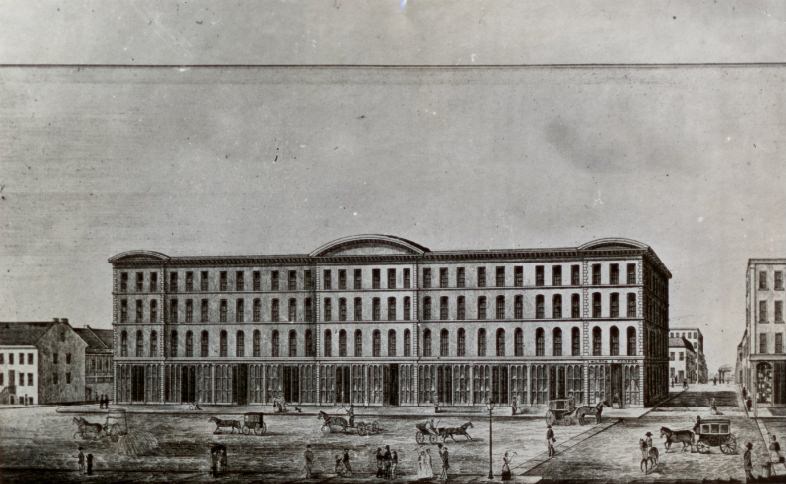



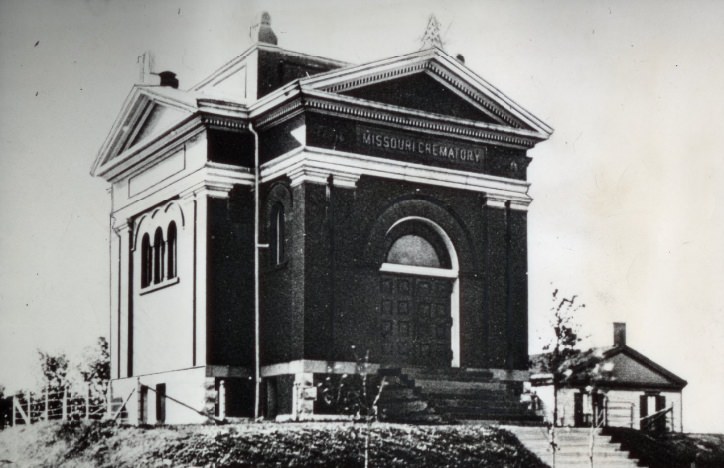







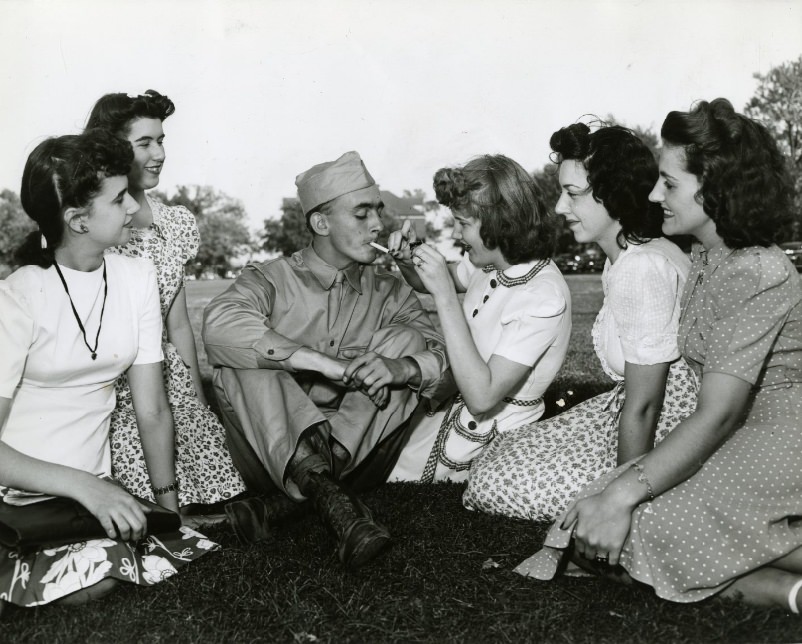
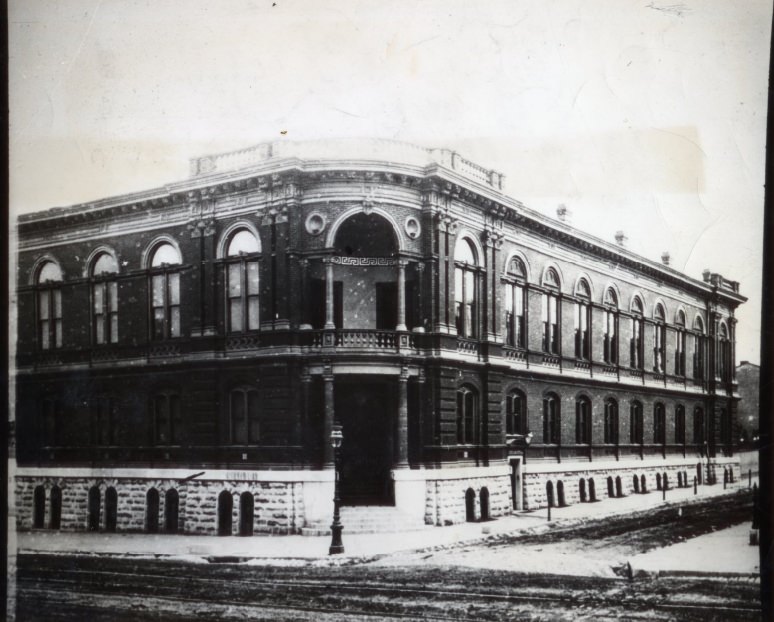





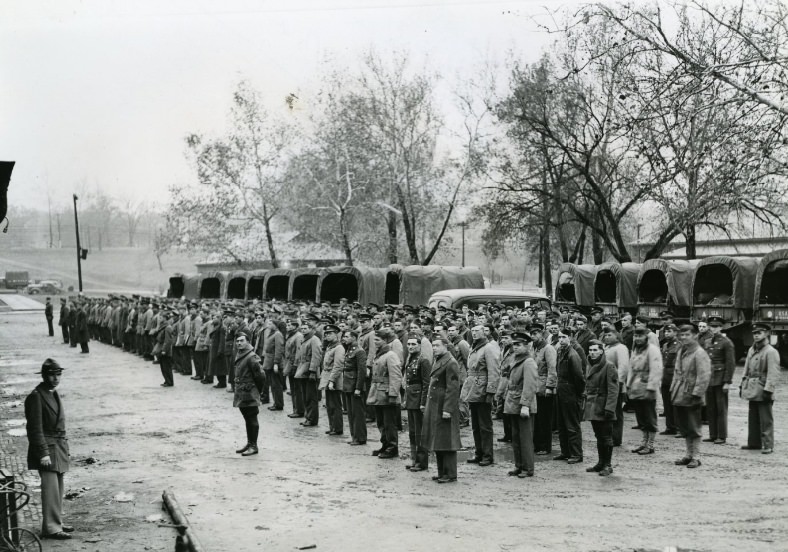

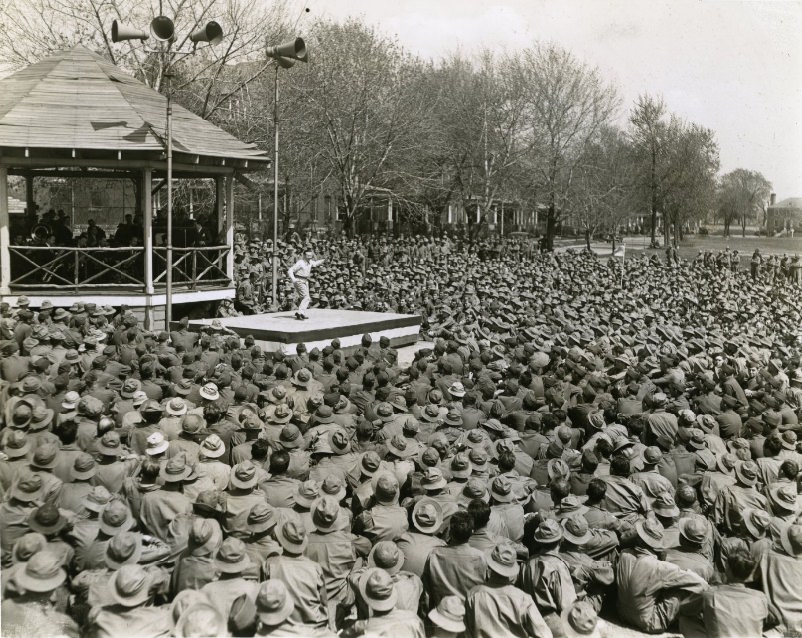



















































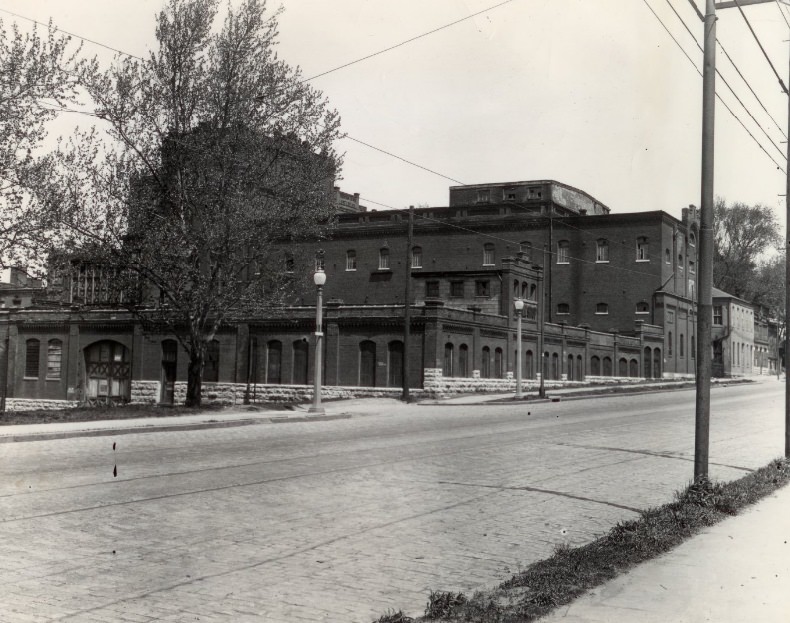



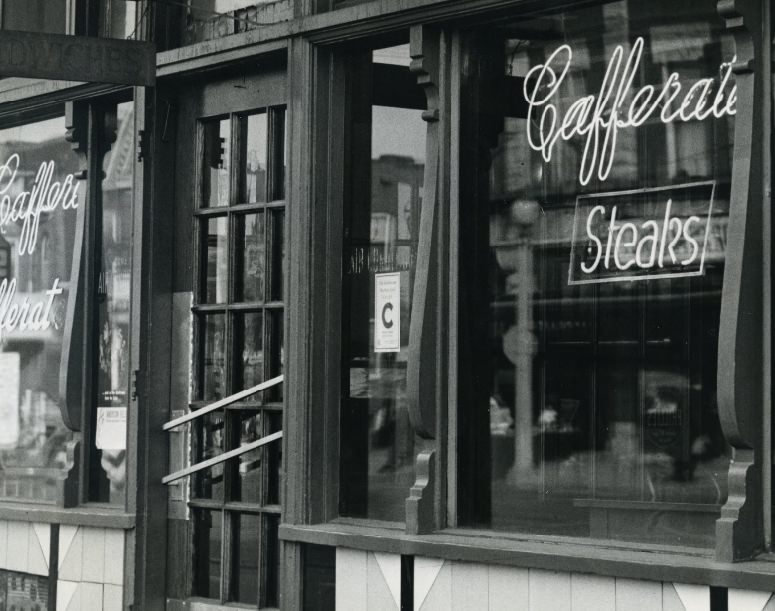





























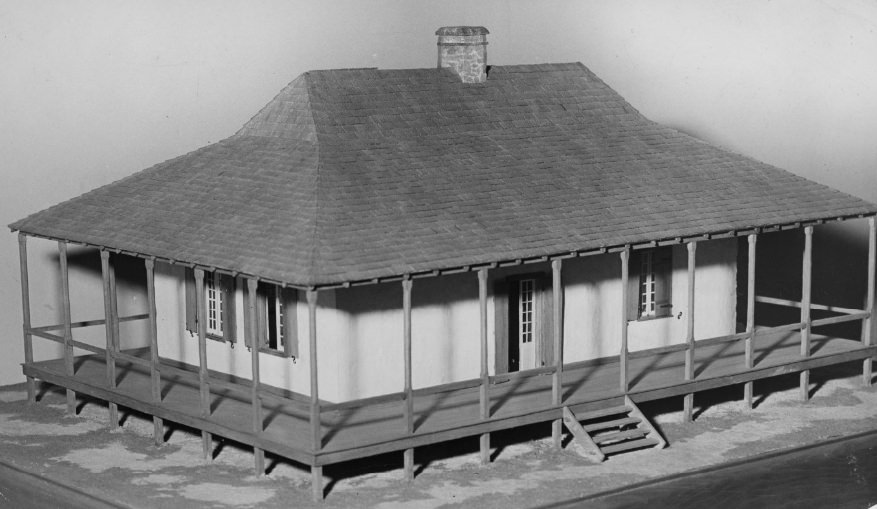
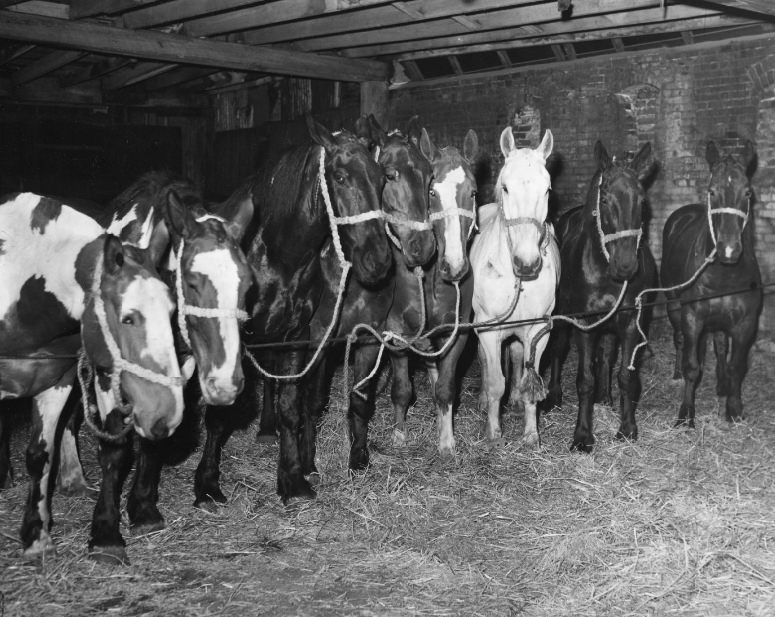
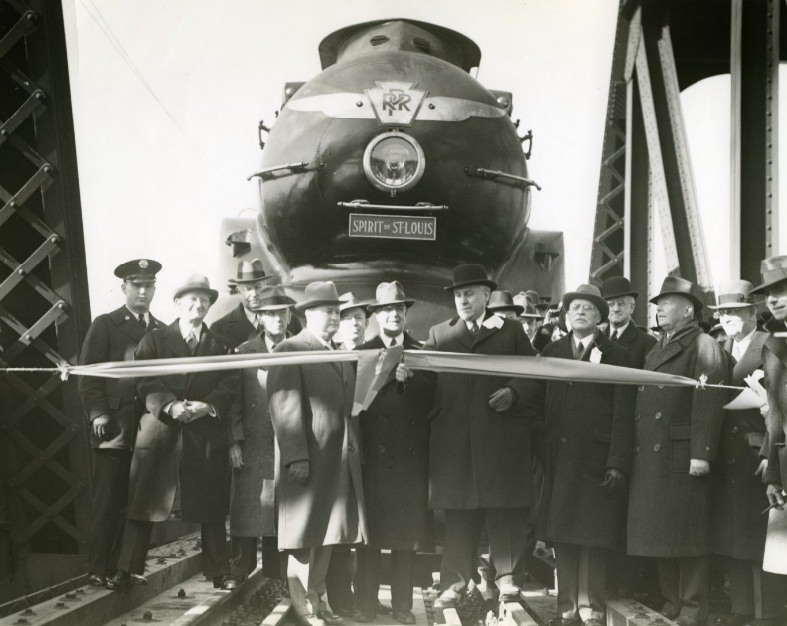
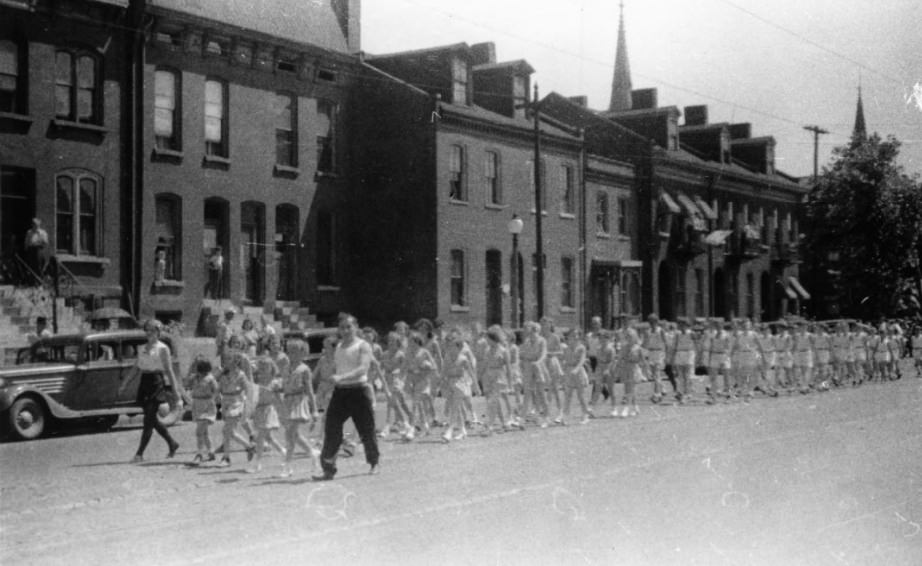





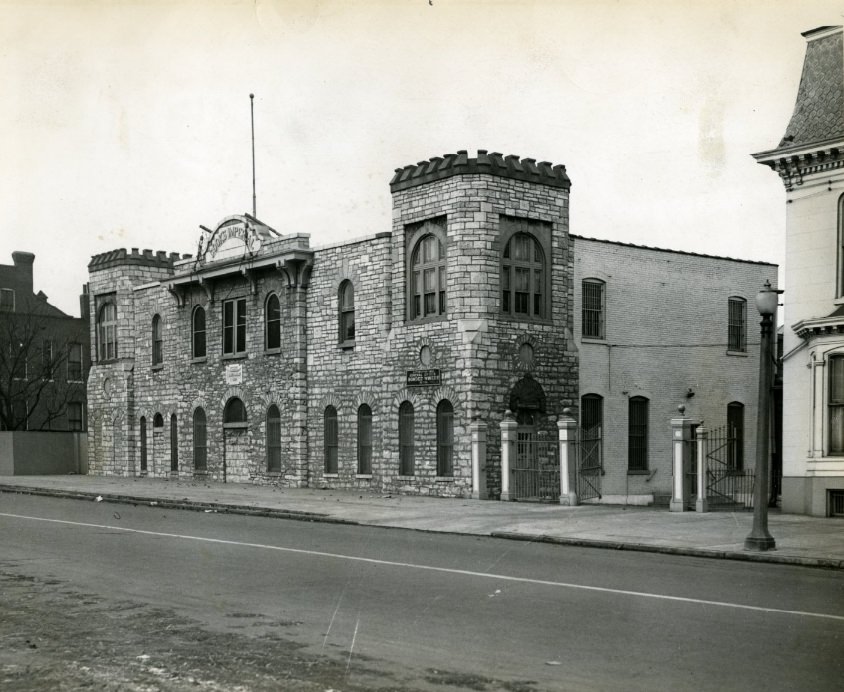





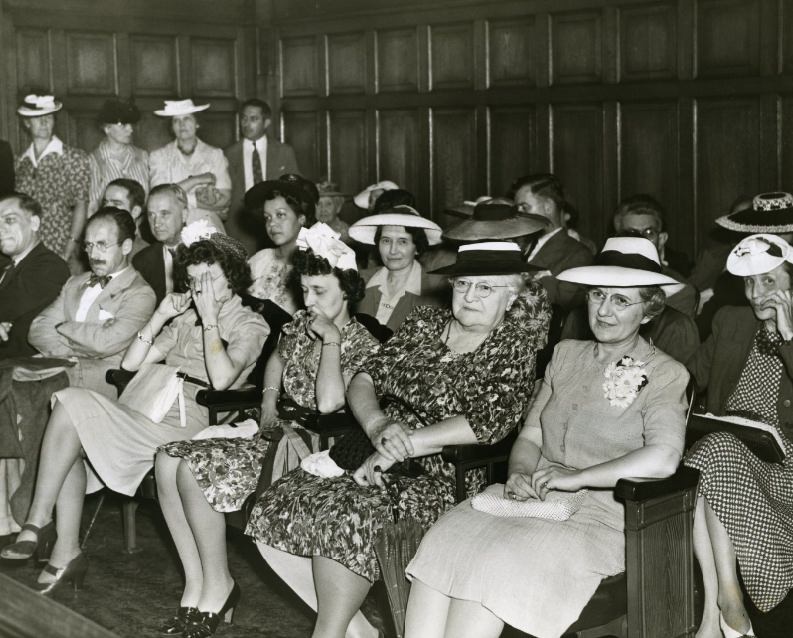
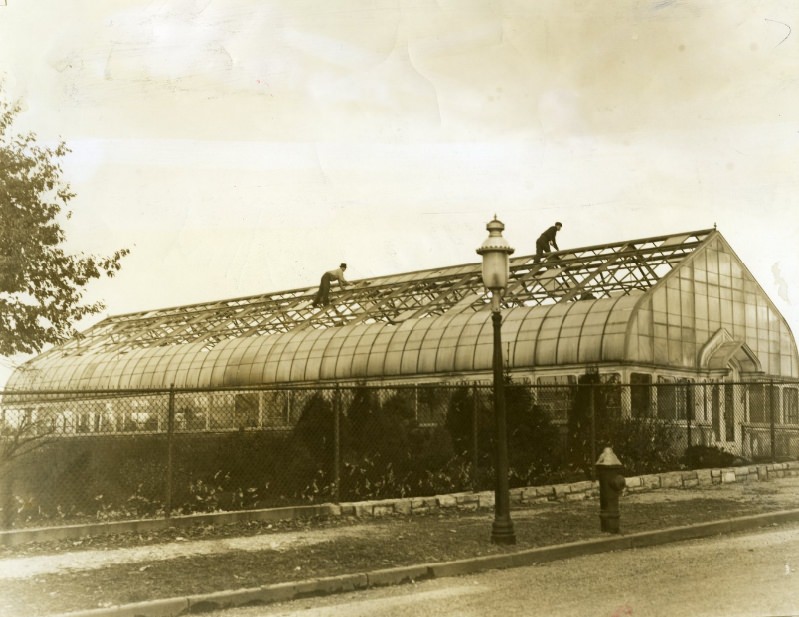


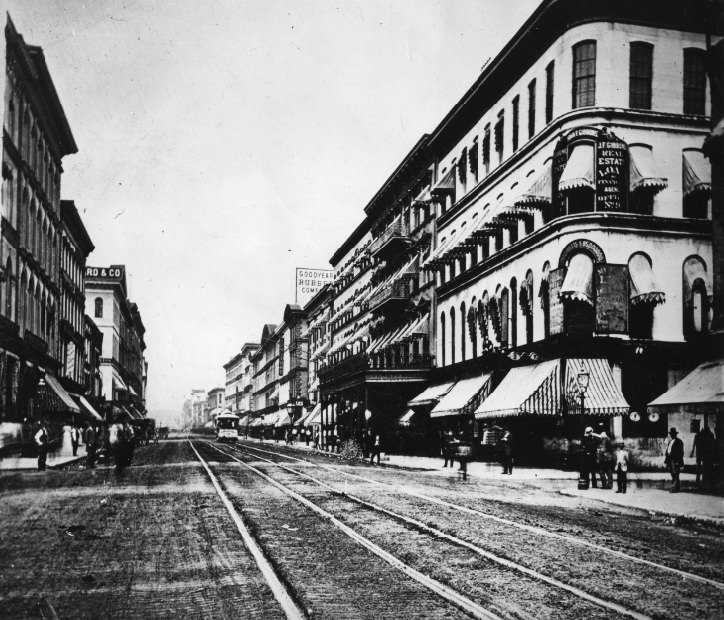









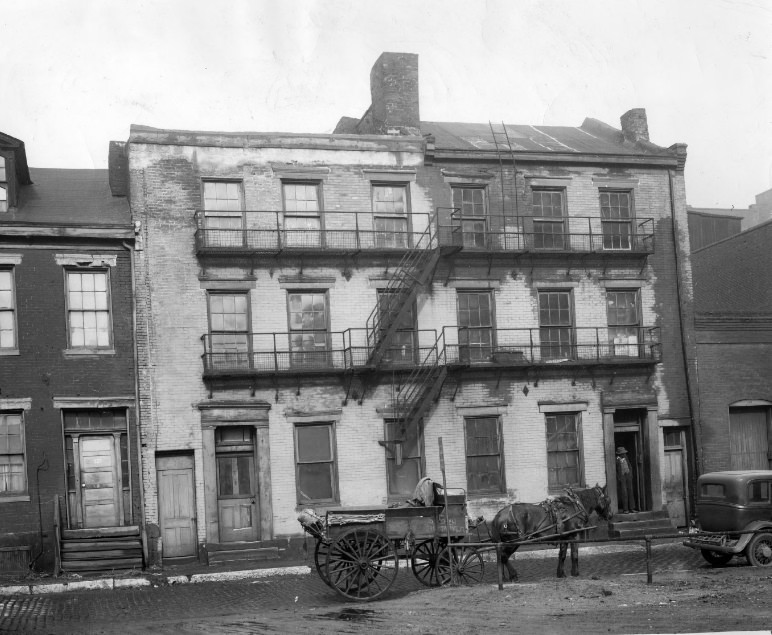










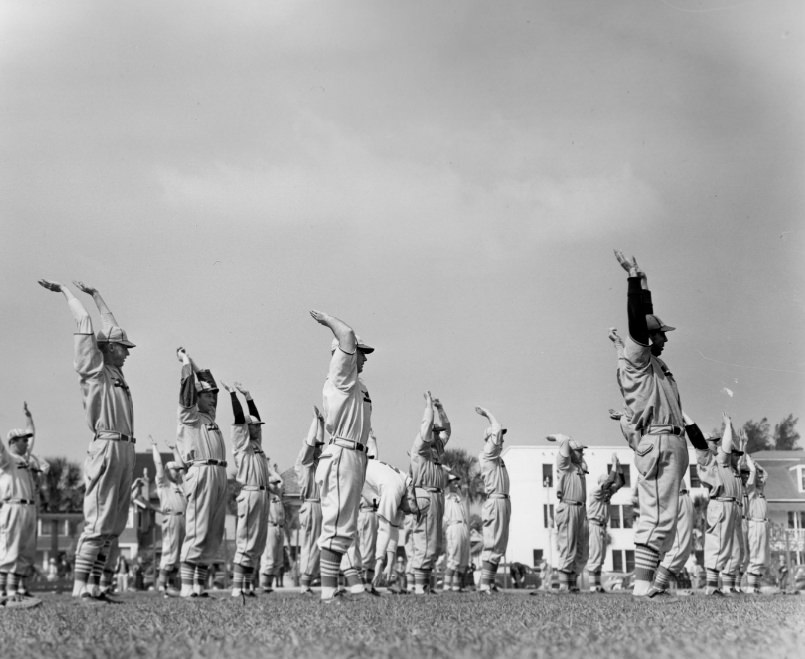






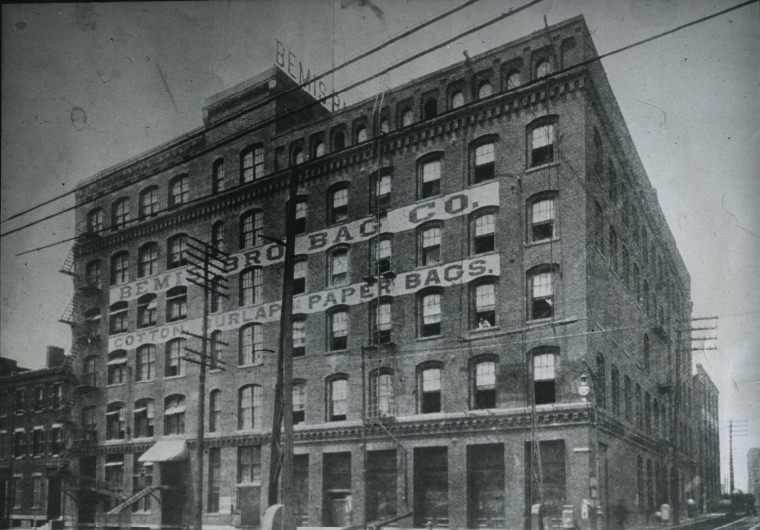







The photos showed the Golden Eagle ferry. I remember it well.